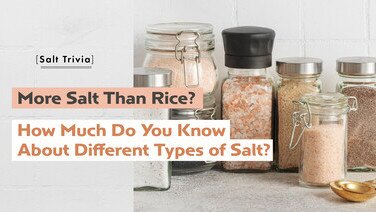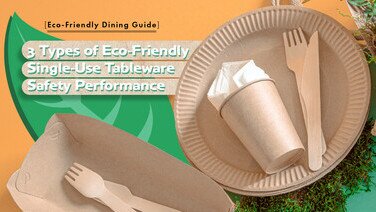6 different types of tofu which differ in nutrient content and taste
Tofu that can be found on the local market is mainly be divided into 2 types: “Chinese” and “Japanese”, each of which can be further divided into 3 more types:
Chinese tofu:
Can be mainly divided into firm tofu (also known as northern tofu), soft tofu (also known as southern tofu) and also glucono delta-lactone (GDL) tofu.
Firm tofu:
The protein content is the highest and the moisture level is the lowest. Mainly use bittern or magnesium chloride as coagulant. It is firm in texture and rich in magnesium (which promotes bone growth, and activates enzymes to regulate hormones and gastrointestinal functions).
Soft tofu:
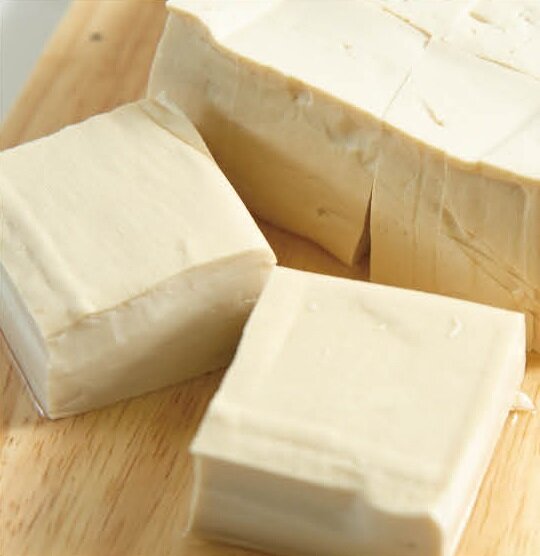
Its protein and moisture content are both medium. Mainly use calcium sulphate as coagulant. It has a softer and more delicate texture and has a higher calcium content.
GDL tofu:
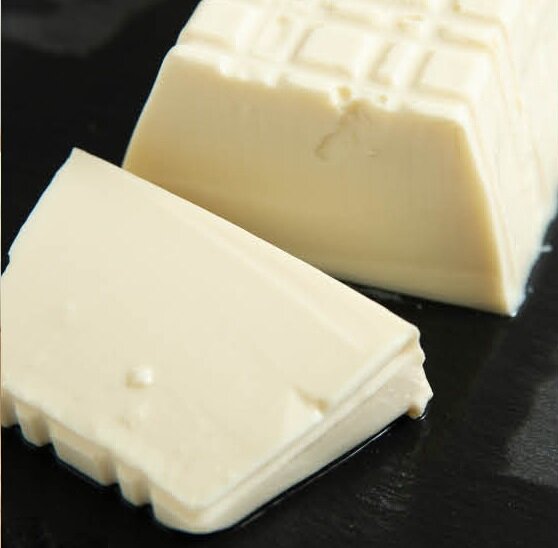
It has the lowest protein content but the highest moisture level. It is very soft and delicate in texture.
Japanese tofu:
Momen tofu:
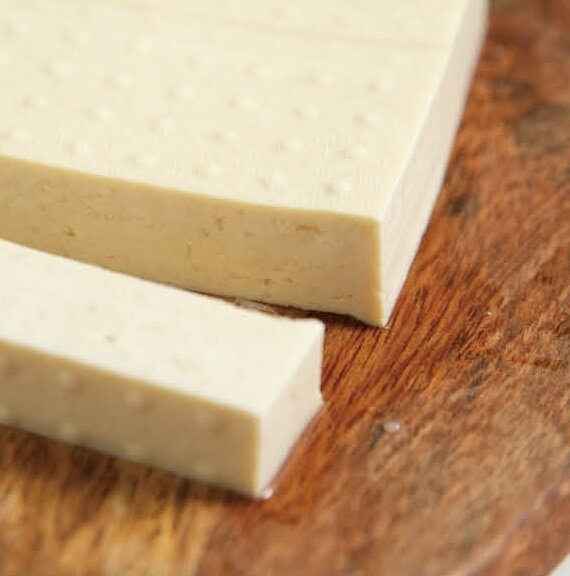
It has a higher protein and lower moisture content. Its texture is slightly rough and firm, and cotton cloth or mold imprints typically remain.
Kinugoshi tofu:
It has a lower protein content and is higher in moisture level. It has a soft and delicate texture.
Jutten-filled silken tofu:
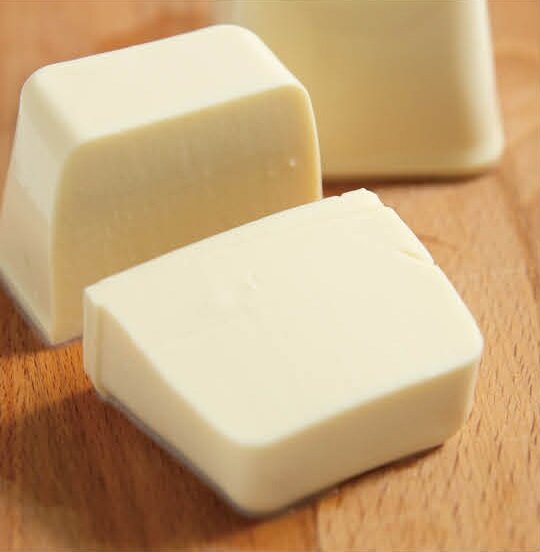
It has a lower protein content and is higher in moisture level. It has a very delicate texture. This kind of silken tofu is more hygienic as coagulation takes place inside a sealed container. And the coagulation / heating process can help to reduce germs.
Tips on eating tofu
- Alternate the intake of tofu and meat:Tofu is rich in soy protein and contains amino acids that are missing in cereal proteins. Alternate the intake of tofu and meat can help people better absorb animal and plant-based protein.;
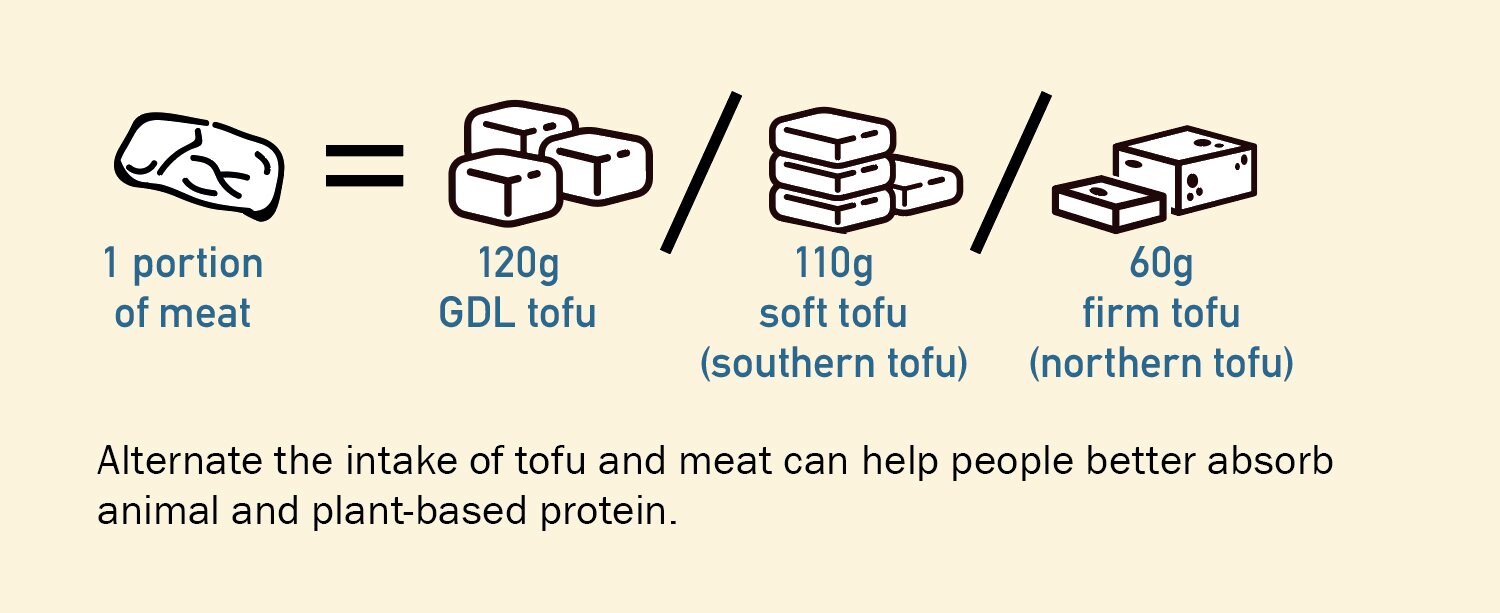
- Plant-based diet: The soybean oil in tofu is a vegetable oil and is mainly made up of unsaturated fatty acids. It also contains more phospholipids, which can effectively reduce the levels of bad cholesterol and total cholesterol. Studies have even pointed out that a diet based on plant-based foods can help prevent diabetes and cardiovascular diseases, etc., as well as in weight control.
- Avoid soy-only diet: Tofu is low in certain minerals such as iron (to maintain normal hematopoietic function) and zinc (which is an essential component of numerous enzymes in human body that play a vital role in growth and development, cognition, wound healing and regulating immune function, etc.,). It also contains phytic acid which may inhibit the absorption of some minerals. Therefore, vegetarians should not rely heavily on tofu or soy products for protein and other nutrients, and should eat other foods to supplement different nutrients.
Watch out! The following groups of people should pay special attention when consuming tofu!
- People who have soy allergy: Avoid consuming tofu.
- People who suffer from gout: Tofu has a high purine content, so people suffering from gout should pay attention to the amount of tofu they consume, and should avoid consuming other foods that are “high in purine” such as mushrooms, fish, dried beans and internal organs at the same time. Consult a doctor or nutritionist about the right quantity to consume to avoid excessive intake.
- People who suffer from or have had kidney stones: It is said that tofu and spinach cannot be eaten at the same time, because tofu contains calcium and spinach has oxalic acid. Mixing the two could produce oxalate stones and form kidney stones. But in fact, only prolonged and voluminous consumption of tofu and spinach at the same time will pose this risk. However, people who are suffering from or have had kidney stones should pay attention to the amount of consumption to avoid relapses.
- People who suffer from breast cancer and under medical treatment: Studies have shown that the phytoestrogens in soybeans may interfere with the effectiveness of breast cancer drugs, so it is prudent to consult a doctor or nutritionist before eating tofu.
How to preserve tofu
- Make good use of cling wrap: Tofu can absorb the smell of other foods easily, so you should first wrap the tofu with cling wrap to prevent it from absorbing the smell of other foods.
- Storage for 1 day – soak in clean water: If you intend to consume the tofu within the same day of purchase or by next morning, then place the tofu in a container with clean water and store it in the vegetable (or lower) compartment of the refrigerator.
- Storage for 2 days – soak in boiling water first and then in clean water: Wrap the tofu in a cotton cloth and soak it in boiling water for about 1 minute. Then take the tofu out and place it in cold water to prevent cracking.
- Change the water: Change the water daily to ensure that the tofu is clean.
- Check the temperature: Avoid storing tofu in the “colder” area of the refrigerator to avoid freezing and cracking. Cook and consume the tofu as soon as possible after taking it out of the refrigerator, and do not place it at room temperature for long to prevent spoilage.
In addition to the above-mentioned basic knowledge on tofu, the nutrient content of tofu of the same type but different brands can differ considerably. Earlier, the Consumer Council collected 40 common prepackaged and non-prepackaged tofu samples for testing, and found that more than 70% of the tofu samples were not "low-fat" and only 2 were "high-calcium". If you want further details, please refer to the article “40 tofu samples: only 2 were “high-calcium” and only 1 in 4 could be classified as “low-fat” CHOICE Magazine, Issue 504 (for Chinese version only)".


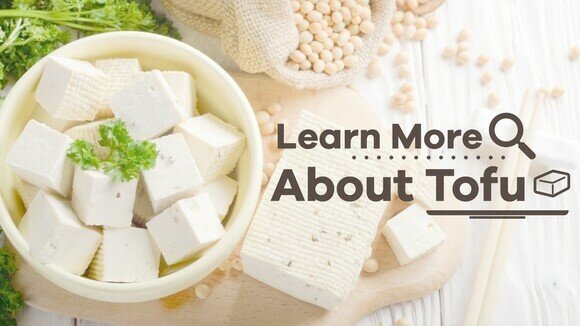


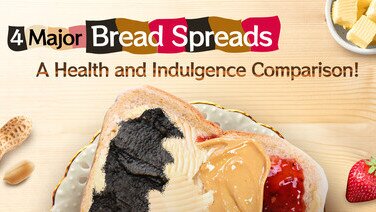
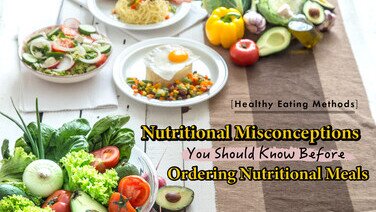

![[Baby Snacks Guide] Who Says Snacks Can’t Be Healthy?](/f/guide_detail/415742/376c212/bb%20snack.jpg)
